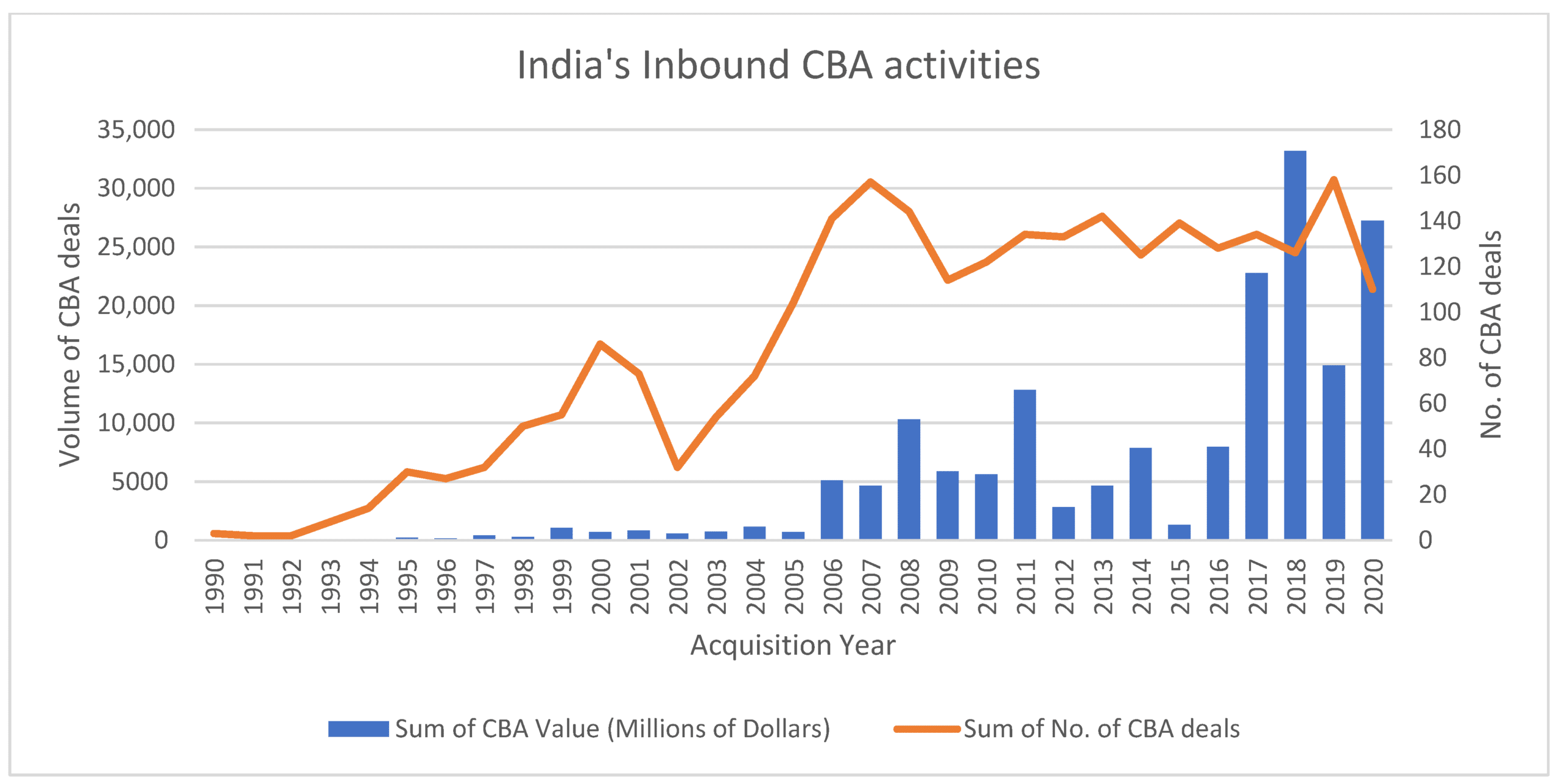Enhancing Economic Freedom in India

The Indian finance ministry has emphasized the importance of enhancing economic freedom for individuals and small businesses. This focus is crucial for defining and strengthening India’s medium-term growth prospects. A recent finance ministry document highlights that in the face of a changing global landscape, the best way to achieve structural reforms is by leveraging domestic growth engines. The central theme is to empower individuals and organizations to engage in legitimate economic activities without excessive regulatory constraints.
The Need for Deregulation
The Economic Survey has pointed out that accelerating the deregulation agenda, which has been in motion for the past decade, is essential. It suggests that both the central and state governments must continue implementing reforms that allow small and medium enterprises (SMEs) to operate efficiently. By reducing excessive regulatory burdens, governments can help businesses become more efficient, lower operational costs, and unlock new growth opportunities.
Regulations often increase the cost of operational decisions for firms. The Survey notes that while the government has introduced various policies to support the growth of micro, small, and medium enterprises (MSMEs), challenges in the regulatory environment persist. The compliance burden can hinder formalization and labor productivity. Many firms in India tend to remain small to avoid regulatory scrutiny, which can negatively impact employment generation and labor welfare.
The Survey also highlights that the government has made strides in deregulation through process reforms, simplified taxation laws, and rationalized labor regulations. States have joined this effort by reducing compliance burdens and digitizing processes. However, more needs to be done to create an environment conducive to business growth.
A Three-Step Approach to Reform
To further enhance economic freedom, the Economic Survey outlines a three-step approach for states to review regulations for cost-effectiveness. The first step involves identifying areas for deregulation. States should analyze which regulations are hindering business operations and consider removing or modifying them.
The second step is to compare regulations with those in other states and countries. This benchmarking can provide insights into best practices and highlight areas where India can improve its regulatory framework. The final step is to estimate the costs associated with each regulation on individual enterprises. Understanding the financial impact of regulations can help policymakers make informed decisions about which regulations to prioritize for reform.
The document emphasizes that “Ease of Doing Business 2.0” should be a state-led initiative. This initiative must focus on addressing the root causes of difficulties in conducting business. It should aim to liberalize standards and controls, establish legal safeguards for enforcement, reduce tariffs and fees, and implement risk-based regulation.
Building Trust Through Governance
The Economic Survey asserts that concerted actions by states toward deregulation will not only boost economic sentiment but also enhance trust in governance. When businesses feel that the regulatory environment is supportive, they are more likely to invest and expand. This, in turn, can lead to job creation and improved labor welfare, which are the original goals of many regulations.
By fostering a culture of compliance and reducing unnecessary regulatory burdens, states can create a more favorable business climate. This will encourage entrepreneurs to innovate and grow their businesses, ultimately contributing to the overall economic development of the country.
Observer Voice is the one stop site for National, International news, Sports, Editor’s Choice, Art/culture contents, Quotes and much more. We also cover historical contents. Historical contents includes World History, Indian History, and what happened today. The website also covers Entertainment across the India and World.

